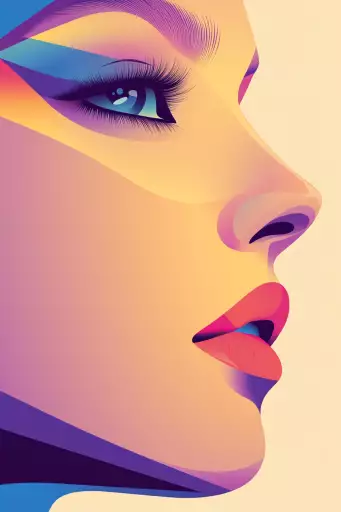Explore the Best AI Image Gallery

Imagining Beyond Pixels: AI Images in Marketing and the Creative Industry
The digital landscape is constantly evolving, with new technologies reshaping industries and pushing creative boundaries. One of the most intriguing developments in recent years has been the rise of artificial intelligence (AI) image generation. Tools like DALL-E 2, Midjourney, and Stable Diffusion empower users to create stunning visuals from simple text prompts, blurring the lines between imagination and technology.
This newfound ability to conjure images with the power of code is already making waves in the marketing industry. Brands are leveraging AI-generated imagery for a variety of purposes, from designing eye-catching social media content to producing personalized product mockups. The potential applications seem limitless, but this technological leap also raises important questions about the future of creative work and its ethical implications.
A New Canvas for Marketing: Exploring the Potential Uses
The versatility of AI image generation opens up a world of possibilities for marketers seeking to engage their audience in innovative ways. Some key applications include:
- Content Creation at Scale: Generate diverse and visually compelling content for social media, websites, and marketing materials rapidly and efficiently.
- Personalized Experiences: Tailor imagery to individual customer preferences, creating a more personalized and impactful brand experience.
- Concept Visualization: Bring product ideas and design concepts to life quickly, allowing for faster iteration and refinement.
- Interactive Storytelling: Develop dynamic and engaging narratives by generating images that respond to user input or actions.
The Creative Conundrum: Impact on the Industry
While AI image generation presents exciting opportunities, it also raises concerns about its impact on the creative industry. Some argue that these tools could displace human artists and designers, leading to job losses and a homogenization of visual aesthetics.
However, others contend that AI should be viewed as a collaborative tool, augmenting human creativity rather than replacing it. Artists can leverage AI to overcome technical limitations, explore new concepts, and free up time to focus on higher-level creative tasks.
Navigating the Ethical Landscape
As with any powerful technology, responsible use of AI image generation is paramount. Several ethical considerations need careful consideration:
- Copyright and Ownership: Who owns the rights to AI-generated images? The creator of the prompt, the developer of the AI tool, or the user who generates the image?
- Bias and Representation: AI models are trained on vast datasets, which can reflect existing societal biases. Its crucial to ensure that AI-generated imagery is inclusive and avoids perpetuating harmful stereotypes.
- Transparency and Accountability: Users should be aware of how AI images are created and have access to information about the data used in training.
Future Trends: A Glimpse into the Next Chapter
The field of AI image generation is rapidly evolving, with continuous advancements pushing the boundaries of whats possible. Some future trends to watch include:
- Increased Realism and Detail: AI models will continue to generate images with higher fidelity and a greater level of realism.
- Personalized Style Transfer: Users will be able to apply their own artistic styles to AI-generated imagery, creating unique and personalized visuals.
- Integration with Other Technologies: AI image generation will likely become seamlessly integrated with other technologies like virtual reality (VR) and augmented reality (AR), creating immersive and interactive experiences.
Conclusion
AI image generation is undoubtedly transforming the marketing landscape and the creative industry as a whole. While challenges remain, this technology has the potential to empower creators, enhance brand storytelling, and usher in a new era of visual innovation. As we navigate this evolving terrain, its crucial to embrace ethical considerations, foster collaboration between humans and AI, and strive for responsible and inclusive applications of this powerful tool.